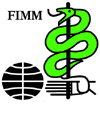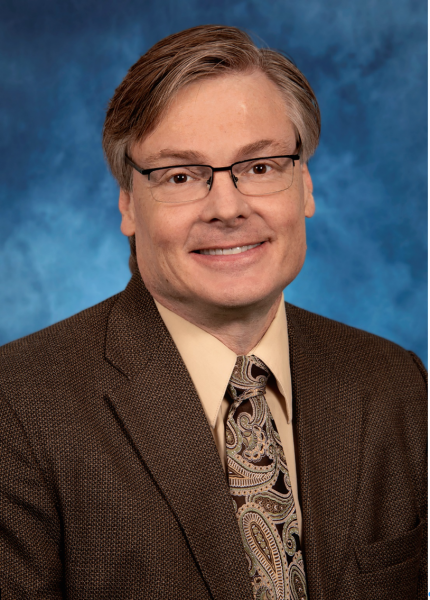MANUAL MEDICINE WORLDWIDE 2023
Lecture 12
The role of the Iliopsoas in the Chicago model of postural balance
- Kurt Phillip Heinking, D.O., F.A.A.O., C.S.
Family Practice
CAQ Sports Medicine
Neuromusculoskeletal Medicine
Osteopathic Manipulative Medicine
Fellow of the American Academy of Osteopathy F.A.A.O
8428 Kentwood Court
Darien, IL 60561
USA
Tel. +1 630 515 7154
Abstract
A patient with “iliopsoas syndrome” will walk into the office flexed forward and leaning to one side, complaining of significant central lower back, groin, and sacroiliac pain. They may have sciatic pain in the opposite leg. Acute, severe cases may have a hip flexion contracture and an inability of the patient to lie prone. Hypertonicity/shortening of the iliopsoas compresses the hip joint, the SI joint, and the lumbar spine. The iliopsoas is a muscle of postural balance. Iliopsoas spasm causes “pelvic side shift”; a contraction of the left iliopsoas produces pelvic side shift right. With pelvic side shift right, a lumbar curve convex left is produced. Over time, the pelvic side shift and compressive load cause sacral base declination. The lumbar spine then compensates for the pelvic side shift and sacral base declination with a lumbar curve convex to the right. Effective treatment of the “key” somatic dysfunctions (L1 or L2, and tender points / trigger points) are essential for pain reduction and for long-lasting effects from manipulative treatment. Removing somatic dysfunction, improves muscle hypertonicity, normalizes gait and biomechanical function, and decrease the chance of developing chronic pain due to central sensitization.
• back
• back
Since 2005 Professor and Chairman, Department of Osteopathic Manipulative Medicine, Chicago College of Osteopathic Medicine / Midwestern University
2003-2005 Associate Professor and Vice Chairman Department of Osteopathic Manipulative Medicine, Chicago College of Osteopathic Medicine / Midwestern University
1998-2003 Assistant Professor Department of Osteopathic Manipulative Medicine, Chicago College of Osteopathic Medicine / Midwestern University
Since 2005 Professor Department of Family Medicine, Chicago College of Osteopathic Medicine / Midwestern University
1987-1988 Northwestern University Dept. of Cardiology, Neurophysiologic research technician
• more

